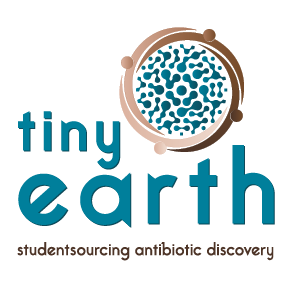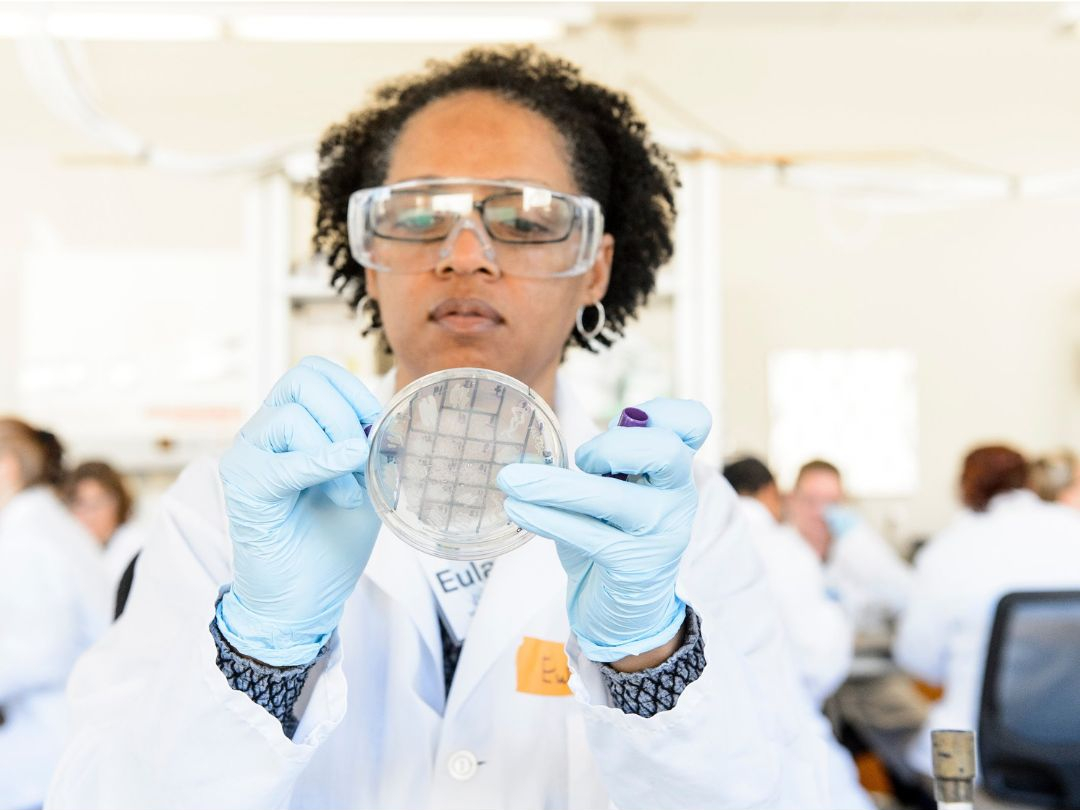For the last six years, Jo Handelsman, now director of the Wisconsin Institute for Discovery, has been leading an effort to develop a curriculum to address two major crises: the antibiotic resistance crisis and high attrition rates among prospective undergraduate science majors.
The course, which started as “Microbes to Molecules” at Yale University in 2012 before growing into the Small World Initiative, takes a discovery-based approach to teaching introductory biology concepts and techniques. The students use soil—the source of most of the antibiotics we use today—as a hunting ground for new antibiotics in hopes of discovering new compounds. Students who may be in a laboratory environment for the first time find themselves applying their newly-learned skills to a real-world problem while developing their own approaches and ideas.
Today nearly 10,000 students are enrolled in some version of the course annually in 41 states and 14 countries. The program is more than just a class: a network of students and instructors share research findings, best practices, and enthusiasm for discovery. Now headquartered at UW-Madison’s Wisconsin Institute for Discovery, the program—having taken the name “Tiny Earth” to reflect the program’s global reach, microscopic subjects, and tight-knit community—is taking new steps to build a database of compounds discovered by students, build a chemistry hub to centrally analyze samples, and update the curricula based on new evaluation tools. Tiny Earth also has new partnerships with the Joint Genome Initiative and the Illumina Corporation to support its scientific mission.
The new initiatives are to be announced on June 21 at the program’s annual symposium in the Discovery Building on the UW-Madison campus, which more than 150 students and partner instructors from around the world will attend.
Additional information is available at tinyearth.wisc.edu.


